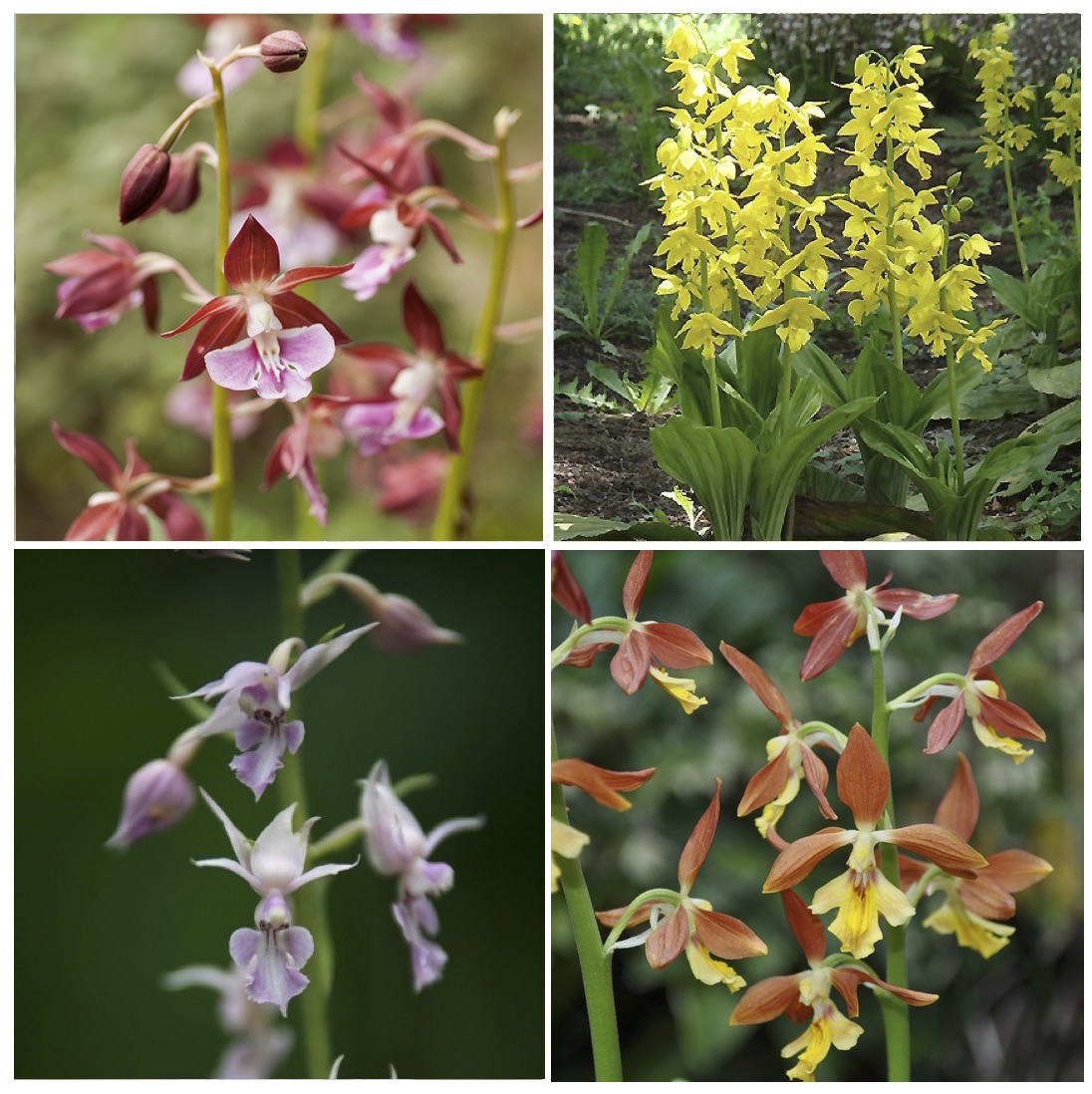Cart 0 Product Products (empty)
No products
Free shipping! Shipping
0,00 € Tax
0,00 € Total
Product successfully added to your shopping cart
Quantity
Total
There are 0 items in your cart. There is 1 item in your cart.
Total products
Total shipping Free shipping!
Tax 0,00 €
Total
Categories
FAQ
Avez vous besoin d'aide ? Consultez notre page dédiée aux FAQ.
Calanthe Sieboldii : a scented garden orchid with long-lasting flowers
Published : 01/08/2018 13:32:11
Categories : Flowering , General

Calanthe Sieboldii : a scented orchid with long-lasting flowers
Calanthe sieboldii is without doubt the most spectacular species of all the Japanese terrestrial orchids. This hardy orchid produces a cluster of large, glossy, pale to lemon yellow flowers, sometimes dotted with brown on the labellum, with varying levels of scent. It is also characterised by a very long flowering time for a hardy orchid.
This species grows in damp forests, along mountain streams and on wet hillsides. The orchid has a pseudobulb from which large light green leaves emerge in early spring, measuring up to 40 cm long and 15 cm wide. In late spring, the plant blooms with beautiful inflorescences 45 cm tall, each bearing up to 20 flowers.

